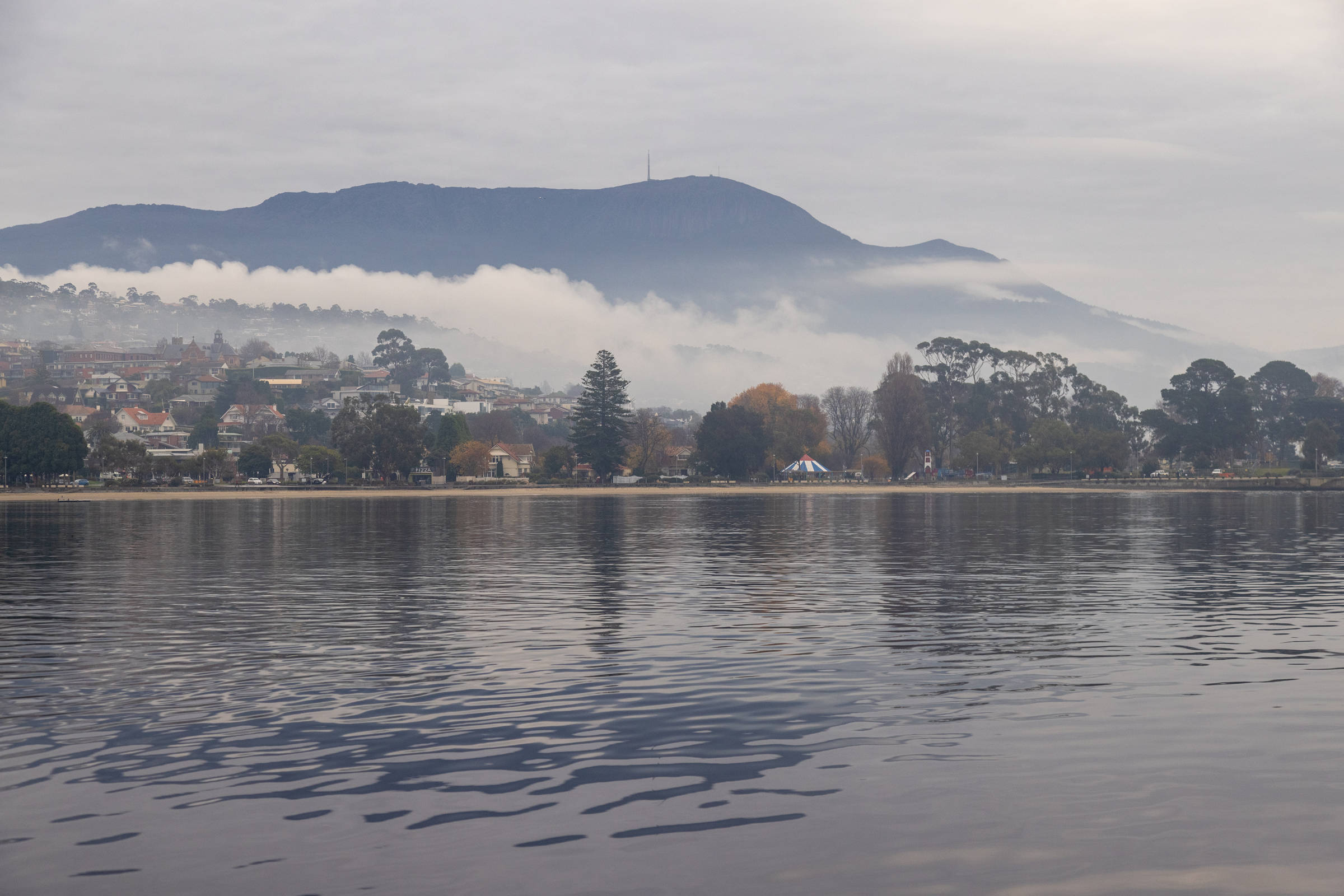State of the Derwent 2022

Image credit: Peter Mathew / TasWater
A digital report card reviewing the health of the Derwent has found the condition of the estuary improved in many areas but declined in others in 2022.
The 2022 State of the Derwent Report Card summarises monitoring data collected by the Derwent Estuary Program (DEP) and partners in the area between New Norfolk and the Iron Pot Light, in Hobart, Tasmania.
Releasing the 2022 report, Ursula Taylor, CEO of the Derwent Estuary Program said it provides a watching brief on the state of the Derwent Estuary.
Over the past twenty-three years the DEP partners across state and local government and business have invested more than $200 million in the clean-up of the Derwent and this report card demonstrates the positive effect this has had.
Trends in industrial, sewage and stormwater discharges, monitoring results for swimming beaches, heavy metal levels in water and seafood, as well as actions taken to clean-up the Derwent are summarised.
The report shows that during 2022 the capture of groundwater at Nyrstar increased which reduces zinc reaching the Derwent. There has been a decline in zinc levels in estuary water and sediments as a result.
Recreational Water Quality
Water quality at beaches on Hobart’s eastern shore improved in 2022 but there was a decline in water quality in some bays.
Most swimming beaches are currently classified as either good or fair, with the best water quality at Little Sandy Bay, Windemere and Little Howrah beach. Good news for the middle of Howrah beach is that it is has moved from poor to fair water quality.
Heavy Metal Levels in Seafood
While heavy metals in Derwent estuary oysters and mussels have declined in some areas, levels remain well above national food safety standards in many species of fish, and shellfish from the Derwent should not be collected or eaten. Mercury levels in bream are also well above recommended limits, while levels in flathead are close. The current advice from the Director of Public Health remains as follows:
- Don’t eat shellfish collected from the Derwent (including Ralphs Bay)
- Don’t eat any bream from the Derwent (including Browns River)
- Limit consumption of other Derwent-caught fish to no more than 2 meals/week, or 1 meal/week for pregnant and breastfeeding women, women planning to become pregnant and young children
Key management actions and initiatives carried out in 2022 include:
- Wastewater reuse was lower this year due to higher rainfall in spring which reduced irrigation demand.
- Stormwater contamination investigations and infrastructure repair have helped improve water quality at beaches on the eastern shore.
- Trial of real-time water quality equipment in rivers above New Norfolk shows the value of increased monitoring in understanding daily changes in nutrients.
- Annual weed surveys and treatment to eradicate rice grass and prevent the spread of karamu into high value wetlands.
The information contained in the annual Derwent Report Card is used by all levels of government, industries and the community to gauge the state of the estuary and to inform actions to restore our waterway.
Read the 2022 State of the Derwent Report Card.
The Derwent Estuary Program (DEP) is a regional not-for-profit partnership between local governments, the Tasmanian state government, industries, scientists and community-based groups to restore and promote our estuary. The DEP was established in 1999 and has been nationally recognised for excellence in coordinating initiatives to reduce water pollution, conserve habitats and species, monitor river health and promote greater use and enjoyment of the foreshore.

